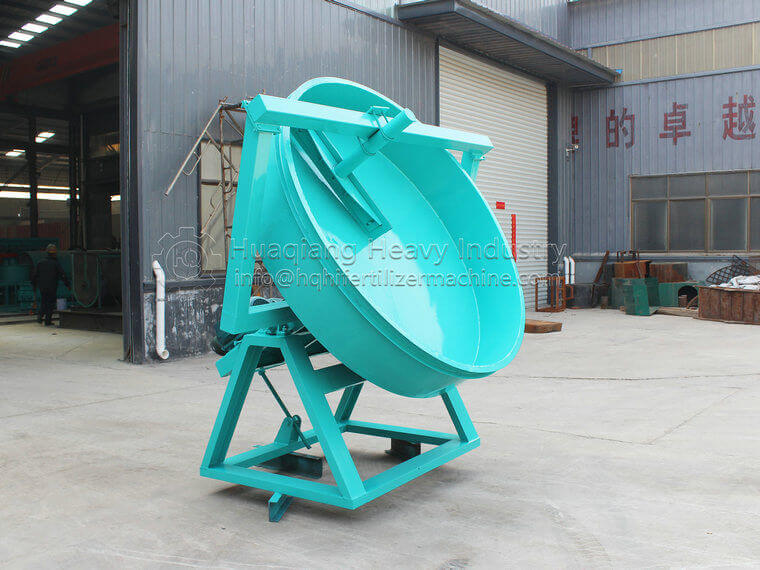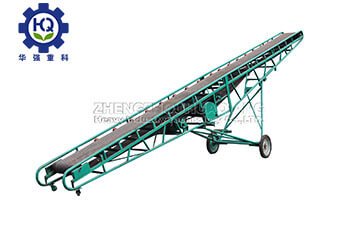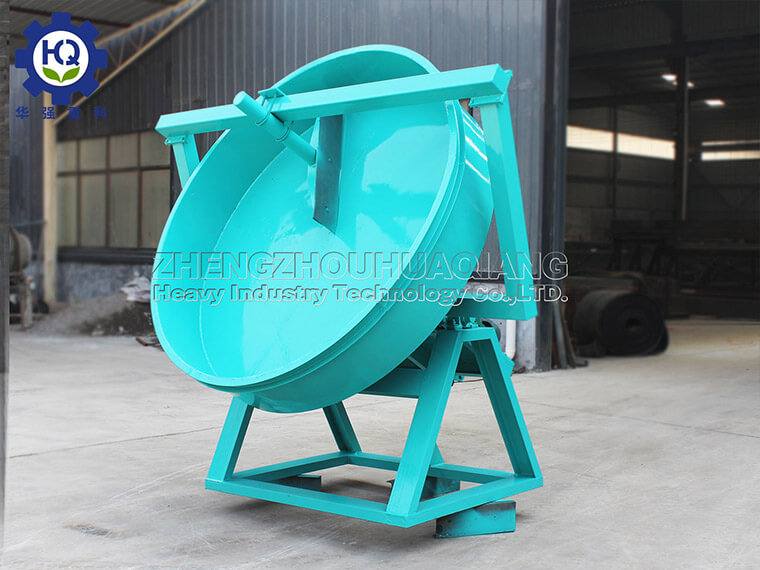To improve the production efficiency of the disc granulator, it can be achieved by adjusting the speed, but at the same time, the particle quality and stable operation of the machine need to be considered. Here are some specific steps and suggestions:
Raw material analysis:
Firstly, analyze the physical properties of the raw materials, such as moisture content, particle size distribution, and adhesion. These factors will directly affect the appropriate speed range.
Starting point:
Starting from the recommended standard speed of the equipment, this is usually a balance point that can ensure basic granulation effect while avoiding excessive pressure on the equipment.
Incremental adjustment:
Gradually increase the speed, and the adjustment range should not be too large each time to avoid sudden changes causing damage to the equipment. Observe changes in particle size and shape, as well as improvements in production efficiency.
Efficiency monitoring:
Record the production efficiency after each adjustment, including the output and particle quality per unit time. Find the optimal balance between yield and quality.
Quality Control:
If a decrease in particle quality is observed (such as particles being too large or broken), the rotational speed should be appropriately reduced. Maintaining particle quality is a prerequisite for improving production efficiency.
Equipment capability:
Ensure that the adjustment of speed does not exceed the design limit of the equipment to avoid overloading or malfunction.
Overall consideration:
The adjustment of the rotational speed of the disc granulator should not only consider production efficiency, but also take into account energy consumption, equipment wear and maintenance costs.
Experimental optimization:
In the actual production process, small-scale experiments can be conducted to continuously adjust and test to find the most suitable speed for the current raw materials and production conditions.
Record and feedback:
Record in detail the results of each adjustment, including speed, yield, particle quality, and other data. Through these data feedbacks, continuously optimize the production process.
technical support:
If necessary, you can consult the technical support of the equipment manufacturer for more professional advice.
Through the above steps, the optimal speed setting for improving the production efficiency of the disc granulator can be found while ensuring the quality of the particles. Remember, the raw materials for each production batch may vary, so adjustments may need to be made based on the actual situation.
.jpg)
.jpg)




.jpg)
.jpg)
